-
Genealogy & Names
-
Tourist Information
-
Culture & Reference
CHRISTMAS GIFTS FROM IRELAND - VISIT IrishNation.com Only -3 Days To Go! |
|
April 2024 
The Burren in Spring from Free Photos Of Ireland |


FREE WORLDWIDE DELIVERY FOR A LIMITED TIME find out more |

| Popular Articles from Recent Newsletters: |

|
Hello again from Ireland where Spring has finally broken through what has been the wettest winter in decades. Spare a thought for our poor Irish Farmers who have been unable to plant their precious seed potatoes, predicting shortages of Roosters and Crisps in the months to come. No laughing matter in Ireland! MOTHER'S DAY is just around the corner! You can help keep this newsletter going by gifting some Flags, Jewellery or Crystal to 'she who keeps the show on the road' at our online shop at IrishNation.com. Thanks! This month we remember Scathach, the female Warrior from Irish Mythology and also the dreaded Vikings. Thanks also to our two contributors for their tales about Sea Monsters and Jam! If you have an article or story you would like to share then please do send it to us. Until next time, Michael 
P.S. Please Do Forward this Newsletter to a friend or relative. If you have a website or Facebook page or Blog (or whatever!) then you can help us out by putting a link on it to our website: www.ireland-information.com
|


|
||||

|
note: Scathach: pronounced 'skat-ack' Cuchulainn: 'coo-cullin' Gae Bolga: 'gay bulga' Ferdia: 'fair-dee-ah' Scathach was the shadowy one, the greatest female warrior of her age! 
She lived on the Island of Skye, later named for her, and was a renowned warrior of formidable skill. Though most of the stories of her deeds are sadly lost, her memory survives through the legacy she created: a school for warriors. Energetic, pragmatic and dynamic, action suited Scathach while the debates of poets and bards left her bored! She learned best by doing and expected her students to keep up, never missing an opportunity to throw them in at the deep end! The great Ulster warrior Cuchulainn was Scathach's most famous student. He sought her out because the father of the woman he wished to marry, Emer, had said they could not wed until Cuchulainn had been trained as a champion by Scathach. In this he was hoping to avoid giving his daughter to the hero, since it was notoriously difficult to find Scathach's island and to survive her training. Through his bravery and strength Cuchulainn found his way there and used his famous 'salmon leap' to gain access to her stronghold. He threatened her at sword-point in order to persuade her to teach him everything she knew. She granted the young warrior three wishes, to instruct him properly, to grant him her daughter without bride-price (a dowry), and to foretell his future. She told him she foresaw a great and glorious career for him but did not see him living any longer than thirty years. Scathach did grant her daughter, Uathach, to Cuchulainn but it is said that she also lay with him. She taught him his art carefully while also at the same time teaching the young warrior Ferdia, who became Cuchulainn's brother in arms. Both were educated to an equal level, but Scathach gave Cuchulainn one gift in secret. This was the legendary Gae Bolga, a spear, which separated in to barbs on entering human flesh. Its first strike was always fatal. It was this weapon that caused the death of Ferdia when the two men were forced to fight against each other in the saga of the Tain. In return for his instruction, Cuchulainn stood against the enemies of Scathach led by the warrior queen, Aoife. He saved the lives of Scathach's two sons and went into battle as her champion against Aoife. He held a sword at Aoife's throat and made her promise to give hostages to Scathach, to keep peace forever more, and to bear him a son. After Aoife agreed, Cuchulainn returned to Scathach to rest after his great deeds. He left her island after seven years fully trained in the arts of war and was famed as the greatest warrior Ireland has ever known as a result of her teaching. Like her name suggests, Scathach is a largely shadowy figure. We have an impression of a strong and fiercely independent woman who was respected and revered by the warrior society. She is an otherworldy character and her granting of the Gae Bolga to Cuchulainn is strongly reminiscent of the Lady of the Lake granting Excalibur to Arthur. Through her instruction Cuchulainn became the champion for all Ireland while Scathach herself remained famed for her own skills and magic. Scathach! The Wonderous Female Warrior of Irish Mythology! 
Read More Stories of Irish Legends and Mythology |


find out more |




find out more |

|
The huge array of food choices available to us today in the supermarkets, got me thinking about the food that we had growing up in old Ireland and in particular our humble school lunches. Banana sandwiches are my most vivid school lunch memory. Our mother would put mashed bananas in between two slices of thickly buttered bread and by lunch time the banana and the butter would be oozing out the side of the paper bag.  If the cloak room door was left open that distinct aroma of ripe bananas would spill out into our classroom. I have never forgotten that smell of soft, rotten bananas and since I was only one of many students who had banana sandwiches the smell in the air was quite heavy.
If the cloak room door was left open that distinct aroma of ripe bananas would spill out into our classroom. I have never forgotten that smell of soft, rotten bananas and since I was only one of many students who had banana sandwiches the smell in the air was quite heavy.
Our mother had to prepare a lot of lunches for our large family and quite frankly I don't know how she did it. The main obstacle after making the sandwich was finding a bag to put it in, since we did not have the luxury of Tupperware at our house. Most days my lunch was put into a sugar bag and many a morning Mum emptied a full bag of sugar out into a bowl just to be able to use the bag, as she had nothing else. She always cautioned us to bring the bags home. Those bags were like gold dust to Mum and they were used over and over, needless to say that by the end of the week the stained, crumpled 'siucra-bag' was almost unrecognizable. My sister Liz said she remembered having tomato sandwiches in a sugar bag for lunch and sometimes for a special treat Mum would put a Kimberly biscuit sitting on top of the bread. By lunch time it was a very messy affair indeed! The tomatoes were wet and soggy and full of sugar and the Kimberly biscuit was well embedded into the top slice of the bread. She would gobble it up regardless as there was no other choice! Hunger is the best sauce they say. I asked my cousin Mike Kelly what he remembered eating at school and he said his most vivid memory was of bread and butter and blackberry jam. He never forgot the day when he was in second class and a wasp flew down from the old convent rooftop and stung him on his jam covered lip. Ouch! The pain of that! How those mean wasps waited patiently for us unsuspecting children! I asked him what did the teacher do for his painful, swollen lip and he replied 'I never told her - we didn't run to the teachers back then when we had problems! My four older brothers also remembered having lots of blackberry-jam sandwiches too. They have fond memories of picking blackberries in the fields every day after school for Mum. Our Dad would boil the jam on the old range at night and that delicious aroma of the sweet jam filling the cottage has stayed with us all to this day. There was always plenty of jam around the kitchen for our lunches in the summer and the autumn. But once Halloween passed there were no more blackberries picked as the witches supposedly put an evil spell on them and they were not fit for eating. That's what we were told anyway. Chicken and Ham Paste from the little jar and sandwich spread were a rare treat in our house and were reserved for our four older brothers. My husband said he remembered having Bovril sandwiches for school and he loved them. I have no recollection of having chocolate bars or crisps for lunch when I was at school. When it came to what we had to drink we had two choices, water from the school fountain or milk. Our mother's problem was always one of logistics; what was she to put the milk in? We had no plastic bottles or containers but thankfully our Dad loved a drop of Jameson's or Paddy Powers and he used to buy the little glass bottles. Our clever mother saved the empty whiskey bottles and used them for our milk - necessity being the mother of invention. We would grab our sugar bag and our little whiskey-bottle full of milk every morning and off we would go. 
There were six girls and five boys in the family and we girls remember well our youngest sister Deirdre's first day of school. Mum had cautioned us to meet up with her in the school yard at lunch time to check up on her. Deirdre nervously sat down on the old bench beside us for her lunch. She must have been very thirsty as she quickly undid the lid of the little whiskey bottle and raised it to her mouth. This was her first time ever drinking milk from a whiskey bottle and she tried to gulp the milk down too fast. Her little tongue got stuck down in the narrow neck of the bottle; the milk created a tight seal around it. She couldn't get the bottle off her tongue and began to panic; her face turned puce as the bottle kept hitting off her teeth as the tears of panic flowed. It was quite scary for her. Our eldest sister Pauline immediately jumped into action. She stood Deirdre up on top of the bench, ordered me and Liz to hold her back against the wall and then she grabbed the bottle and pulled it off Deirdre's tongue with all her might! We held her pinned against the wall by the shoulders until the bottle released itself and with a loud pop all the milk sprayed everywhere. Deirdre cried up a storm from the terror of it all and from losing all her milk into the bargain. What a terrible memory of her first day at school! My cousin Mike told me that his family used empty glass medicine bottles for their milk and they had to bring them home every day. We recycled well before it became fashionable! Times sure have changed in the school lunch department but we all look back and have a good laugh together at our old school lunch-memories. ~~~ Marie O'Byrne is the Irish author of 'Irish Rose' and other titles. You can contact her at marieobyrne@gmail.com |

View the Archive of Irish Phrases here: http://www.ireland-information.com/irishphrases.htm |

|
The winner was: kathytaylor01900@yahoo.ca who will receive the following: A Single Family Crest Parchment (usually US$29.99) Send us an email to claim your Parchment, and well done! Remember that all subscribers to this newsletter are automatically entered into the competition every time. I hope that you have enjoyed this issue! 
by Michael Green, Editor, The Information about Ireland Site. https://www.ireland-information.com Contact us (C) Copyright - The Information about Ireland Site, 2023. 17 Páirc Ghrainbhil, Carraig Dubh, Contae Baile Átha Cliath, Ireland Tel: 353 1 2893860 |

|
MARVELOUS GIFTS FOR ANY OCCASION FREE DELIVERY TO YOUR DOOR 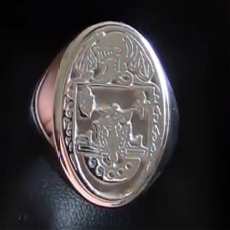
BIG REDUCTIONS! Stunning Family Crest Signet and Seal Rings 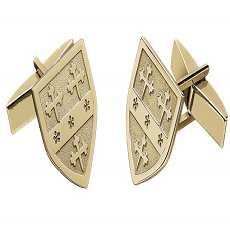
DISCOUNTED FOR A LIMITED TIME Elegant Cufflinks 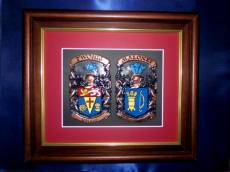
Incredible Family Crest Plaques Made in Ireland 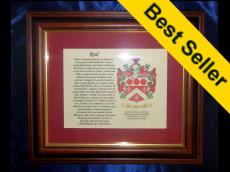
Superior Framed Family Crest Parchments 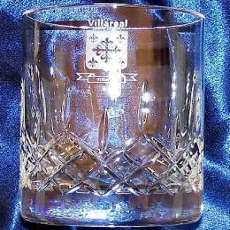
Gorgeous Glistening Galway Crystal 'Your-Name' Old Irish Sign NEW DESIGNS! 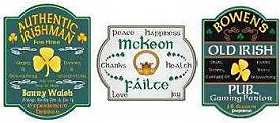
From US$34.99 - Free Delivery 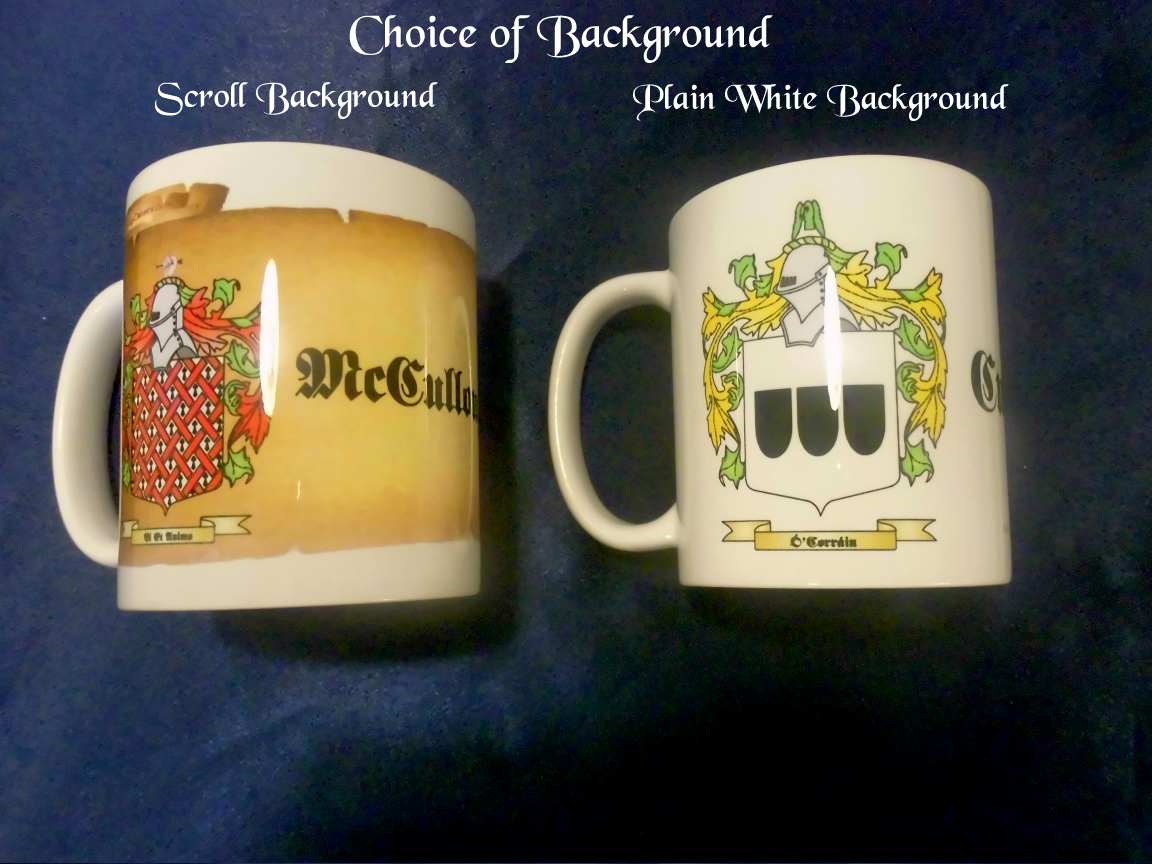
New Designs available on our Coffee Mugs 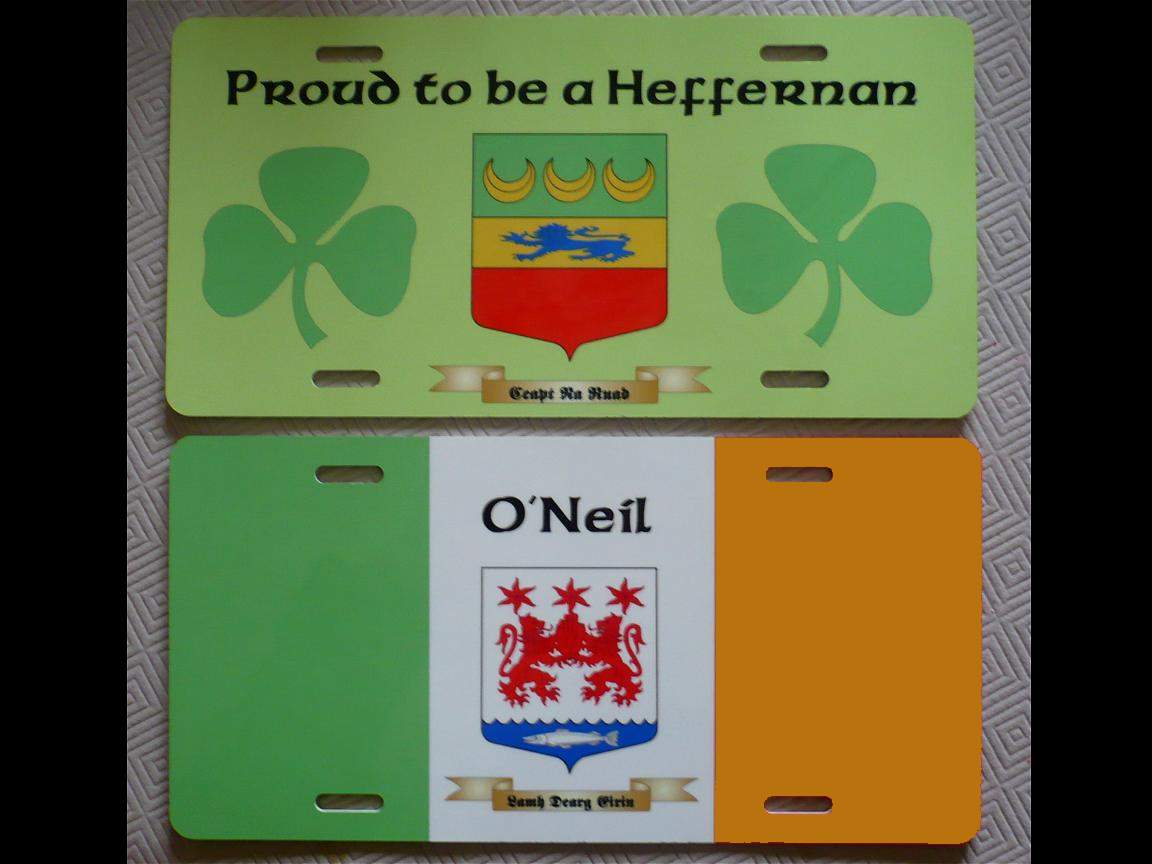
Personalized Licence Plate 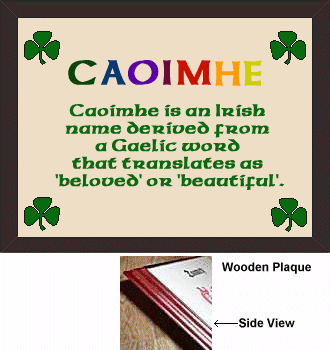
Personalized First Name Plaque. Great for Kids! 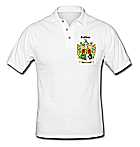
'Your-Name' Polo & Tee Shirts 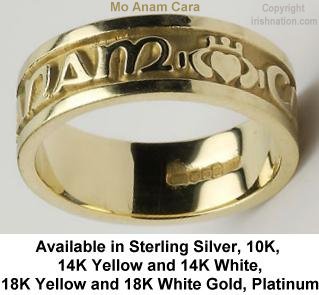
From US$69 Delivered BIG REDUCTIONS! Stunning Engraved Rings from Ireland with Irish Language Phrases. Mo Anam Cara: My Soul Mate Gra Dilseacht Cairdeas: Love, Loyalty, Friendship Gra Go Deo: Love Forever Gra Geal Mo Chroi: Bright Love of my Heart SEE MORE GREAT OFFERS AND DISCOUNTS AT: IRISHNATION.COM FREE DELIVERY FOR A LIMITED TIME! |
